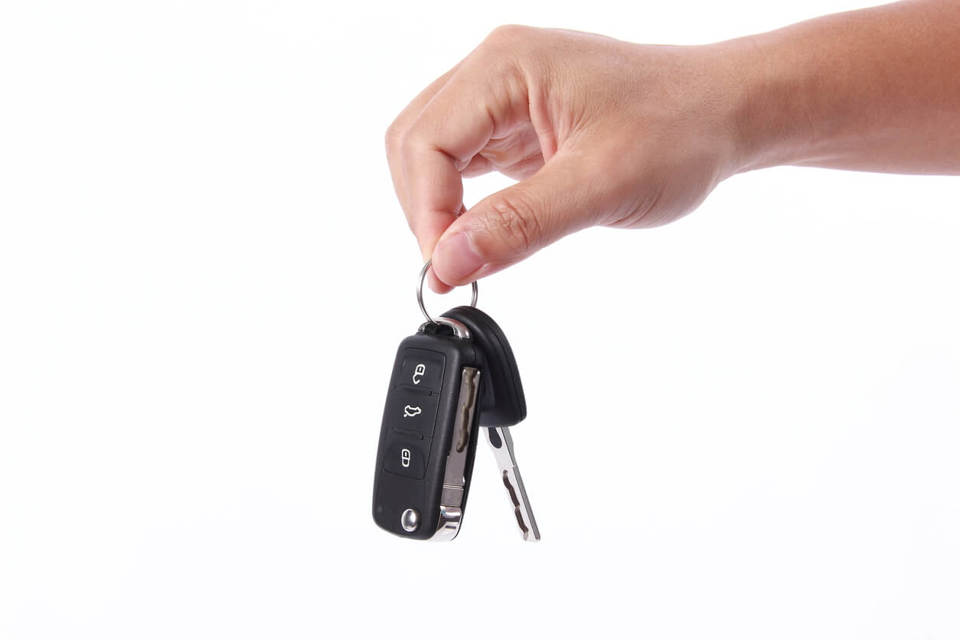New research by automotive software specialist DCML suggests that the average dealer has seen a 23% increase in the number of requests for extended test drives from private buyers and fleet customers in the past 18 months, with drivers looking for more unaccompanied tests.
With the average consumer visiting less than 1.3 showrooms before purchasing their next vehicle, the findings further underline the need for dealers to avoid ‘legacy methods’ according to Vince Powell, managing director of DCML.
“The opportunity to sell in a traditional sense is disappearing fast. As a result of distant decision making, with consumers choosing one model rather than a selection to test drive, the demand for more than the usual accompanied test drive is on the rise,” says Powell.
Some manufacturers and dealer groups are already embracing the trend. Volvo has implemented its 'Freedom' test drive programme designed to allow its fleet and private customers to mimic their actual driving routines.
Franchised dealership group, Inchcape, operates its own scheme – Drive it Your Way – which gives drivers complete control of when and where unaccompanied test drives take place.
“The amount of information available online today from customer reviews to media test drives, videos and branded content, means decision making is increasingly narrow,” says Powell.
“They want to control that decision-making. They want to buy rather than be sold too. That is why they are requesting longer than a sprint around the block with a salesman sat alongside them.”
In addition to the diminishing customer contact points, DCML analysis shows that the number of online test drive requests has increased by 25% over the same period.
DCML’s intelligent online test drive software links a dealer’s demonstrator fleet to a digital portal, allowing consumers to view availability and book remotely at their convenience. Statistically, conversion rates for dealers that have adopted the system improve to 67% for new vehicle purchased.
Powell concludes: “Consumers are now a combination of time poor and technologically dependent, thereby creating the demand we’re now seeing.”













Login to comment
Comments
No comments have been made yet.